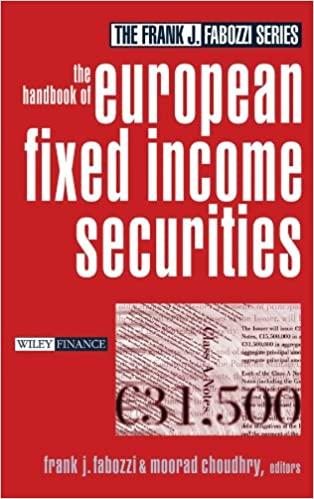Question
Grant Industries, a manufacturer of electronic parts, has recently received an invitation to bid on a special order for 20,000 units of one of its
Grant Industries, a manufacturer of electronic parts, has recently received an invitation to bid on a special order for 20,000 units of one of its most popular products. Grant currently manufactures 40,000 units of this product in its Loveland, Ohio, plant. The plant is operating at 50% capacity. There will be no marketing costs on the special order. The sales manager of Grant wants to set the bid at $9 because she is sure that Grant will get the business at that price. Others on the executive committee of the firm object, saying that Grant would lose money on the special order at that price.
| Units | 40,000 | 60,000 |
| Manufacturing Costs: | ||
| Direct Materials | $80,000 | $120,000 |
| Direct Labor | $120,000 | $180,000 |
| Factory Overhead | $240,000 | $300,000 |
| Total Manufacturing Costs | $440,000 | $600,000 |
| Unit Cost | $11 | $10 |
Required 1. Why does the unit cost decline from $11 to $10 when production level rises from 40,000 to 60,000 units? 2. Is the sales manager correct? What do you think the bid price should be? 3. List some additional factors Grant should consider in deciding how much to bid on this special order. 4. What would the total opportunity cost be if by accepting the special order the company lost sales of 5,000 units to its regular customers? Assume the preceding facts plus a normal selling price of $20 per unit.
Step by Step Solution
There are 3 Steps involved in it
Step: 1

Get Instant Access to Expert-Tailored Solutions
See step-by-step solutions with expert insights and AI powered tools for academic success
Step: 2

Step: 3

Ace Your Homework with AI
Get the answers you need in no time with our AI-driven, step-by-step assistance
Get Started


